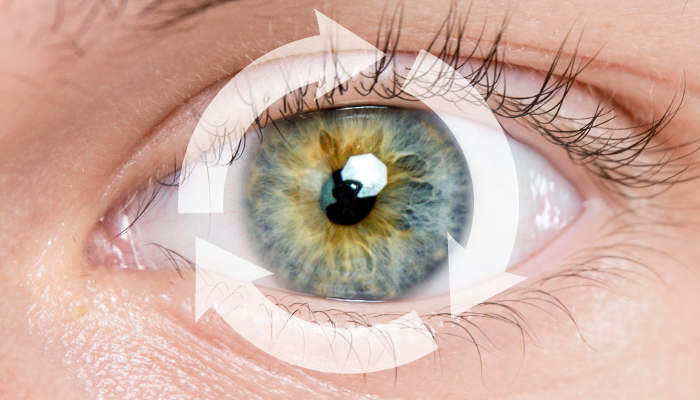
Original Image: AdobeStock.com
Could saccadic eye exercises help to improve postural stability for people with Parkinson's Disease (PD)? A new study published in Biomechanics has attempted to answer this question, by comparing eye movements and balance of PD patients with healthy controls. The Brazilian-based team of researchers examined how performing horizontal and vertical saccades – rapid eye movements between fixed points – affected the body sway of individuals in two standing positions: side-by-side and tandem stances.
The study involved 10 PD patients and 11 healthy individuals over 60 years of age, and asked them to perform gaze tasks under three conditions: eye fixation, horizontal saccades, and vertical saccades. Data collected by the team included body sway measurements taken from a force plate, and gaze metrics using an eye-tracking system.
Their results indicate that horizontal saccades reduced body sway in both groups, suggesting that, to some extent, PD patients can still effectively couple eye movement with postural stability. However, vertical saccades led to increased sway in the PD group, indicating a weaker postural-gaze connection. This difference may stem from the more complex brain pathways involved in these eye movements. Additionally, the PD participants showed poorer gaze performance overall, with more frequent fixations, which could indicate difficulties in sustaining visual attention.
The team’s findings highlight the potential benefits of integrating horizontal saccadic eye movements into postural training for PD patients to help improve their stability. The study also suggests that vertical saccades might serve as a biomarker for early PD diagnosis, due to their specificity in distinguishing PD-related gaze and postural impairments.
